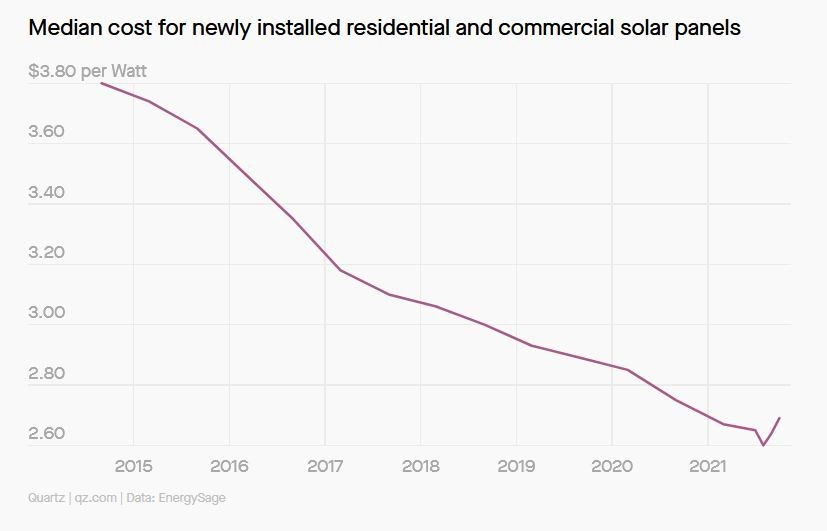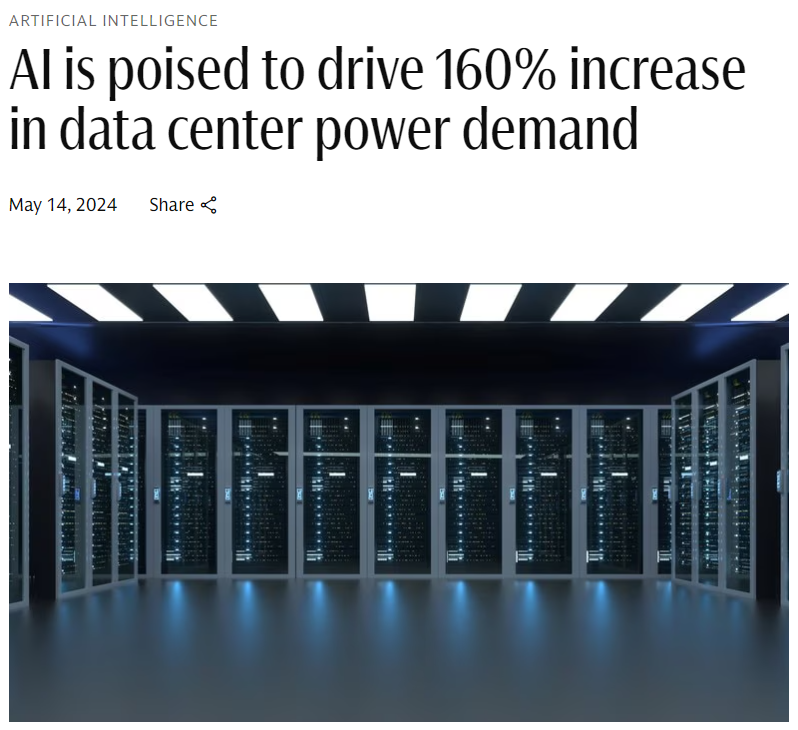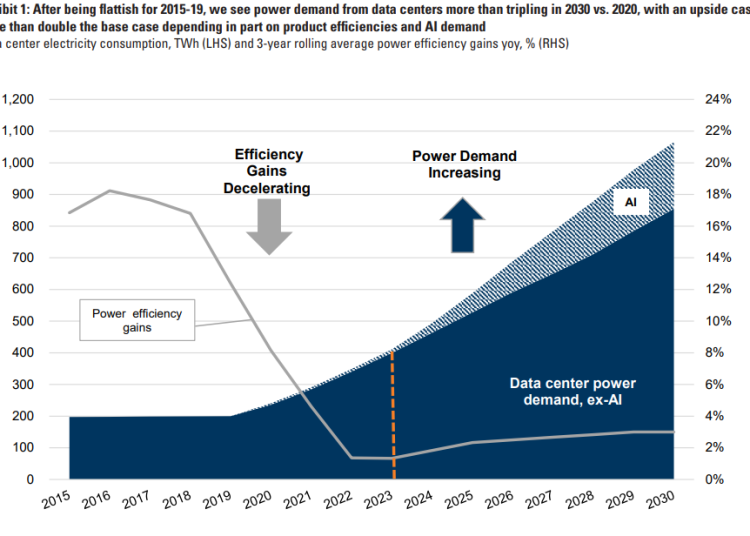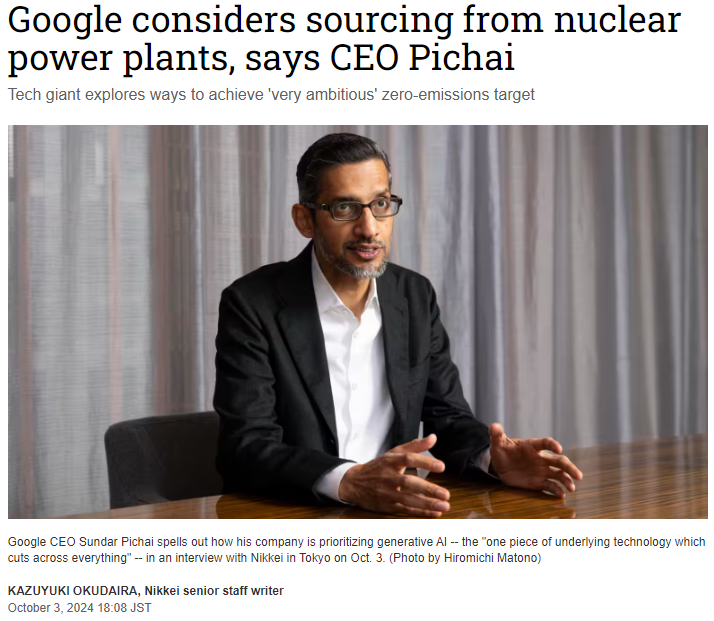
A ONE INSTITUTE
Dec 28, 2024
Hello, Welcome to A-One Institute, where we offer top-notch AP courses and rigorous GPA management.
Today, we’re diving into the industrial trend of "Energy."
Humanity is facing a critical situation where low-carbon energy usage has become a necessity due to environmental concerns. However, with the rapid growth of AI, worries about energy shortages are escalating. Let’s explore the latest trends in the energy sector.
Paris Climate Agreement

In 2015, countries around the globe came together to sign the Paris Climate Agreement. The ultimate goal was to limit global warming to well below 2°C above pre-industrial levels, ideally aiming for 1.5°C.
REA100

In 2014, some companies pledged to achieve net-zero carbon emissions. Companies operating with sustainability in mind earn higher ESG scores, leading more businesses to join this initiative over time.
Amid this trend, renewable energy began to gain prominence, especially since the Obama administration prioritized its development. Key renewable energy sources include:
Solar Energy
Wind Energy
Hydrogen Energy
Hydropower
Geothermal Energy
Biomass Energy

Despite efforts to develop diverse low-carbon energy sources, challenges remain. According to the U.S. Energy Information Administration, while policies are shifting toward renewable energy to minimize carbon emissions, the increasing demand still outpaces supply.
Challenges in Solar Energy



Analyzing the solar energy supply chain reveals significant obstacles:
Rising Transportation Costs: The cost of shipping solar panels has surged.
Raw Material Prices: Polysilicon, a key material in solar panels, has become significantly more expensive.
Market Dominance: Chinese companies dominate the market by driving down prices, which has led to reduced profitability.
This combination of higher costs and falling solar panel prices has created an economic imbalance, leading to supply issues. Consequently, natural energy sources face ongoing challenges in sustaining consistent supply, fueling concerns about potential energy shortages.
Growing Energy Demand
Several sectors are driving an unprecedented rise in energy consumption:
Data Centers and Cloud Computing
Industrial AI and Automation Systems
Electric Vehicles (EVs) and Charging Infrastructure
Household Appliances and Smart Home Devices
Communication Infrastructure

For example, a Goldman Sachs report reveals that a single search on Google requires 0.3Wh, while ChatGPT uses 2.9Wh—almost ten times more energy.

AI and data center energy usage is projected to increase by 160%, significantly impacting global demand.




The Role of Nuclear Energy
In the current scenario, nuclear energy stands out as the most prominent low-carbon energy source, accounting for 50% of the low-carbon energy mix and 18.2% of U.S. electricity production. The U.S. has 92 operational nuclear reactors, with a typical lifespan of 40 years.

Recent developments highlight renewed interest in nuclear energy:
Microsoft has invested in the Three Mile Island nuclear reactor in Pennsylvania, despite its infamous 1979 meltdown.
Google’s CEO also expressed interest in nuclear power for AI development.


Even the Biden administration has shown support, allocating $1.5 billion to revive a dormant nuclear power plant in Michigan.

Small Modular Reactors (SMRs)


SMRs are gaining traction due to their cost and time efficiency compared to traditional large reactors. SMRs can be built quickly and at a lower cost, providing a practical solution to energy shortages.
Nuclear Fusion: The Future of Energy

Nuclear fusion—fusing atoms instead of splitting them—holds immense promise. Unlike nuclear fission, fusion generates far greater energy with minimal radioactive waste.
A groundbreaking Nature journal article reported the first successful nuclear fusion reaction that produced more energy than it consumed. If perfected, nuclear fusion could yield energy millions of times more efficient than fossil fuels and far surpass current nuclear technology.
Closing Thoughts
The energy industry is at a pivotal moment. As energy demand continues to rise and renewable energy research accelerates, the world is moving toward innovative solutions like nuclear fusion and SMRs.
Thank you for exploring this vital topic with us. Stay tuned for more insights!
